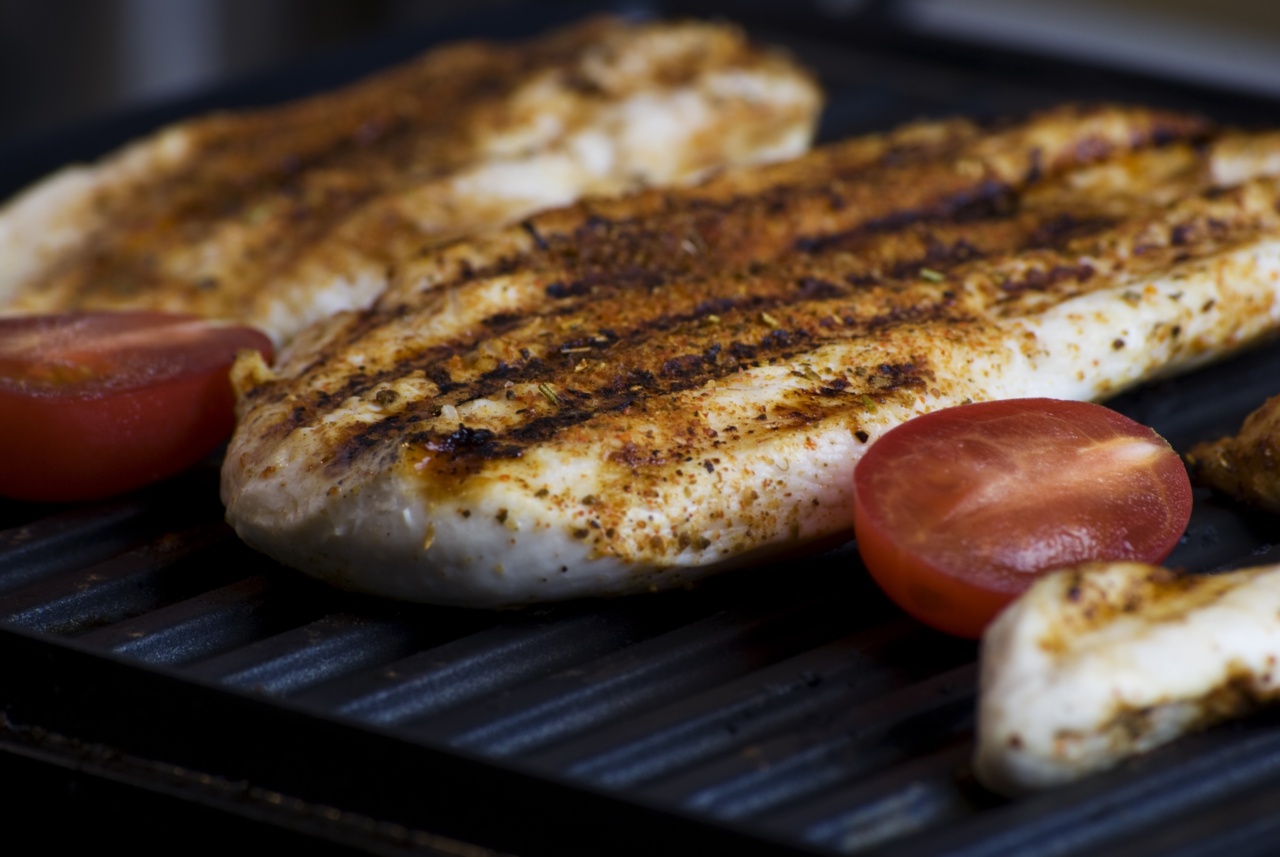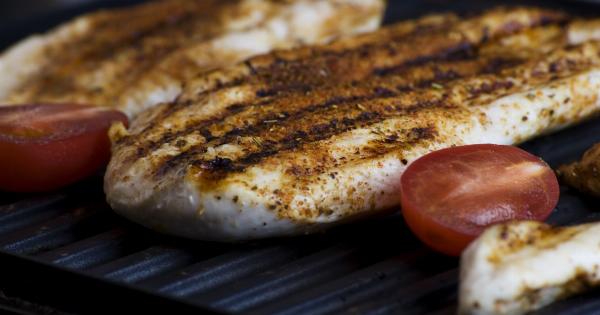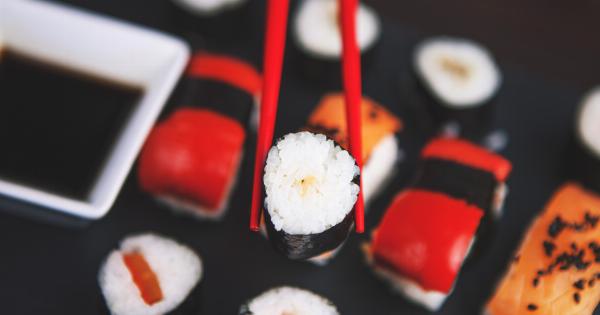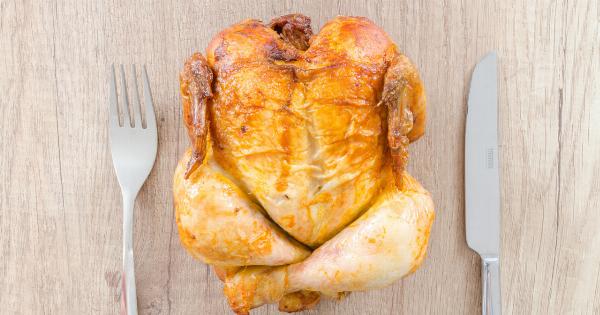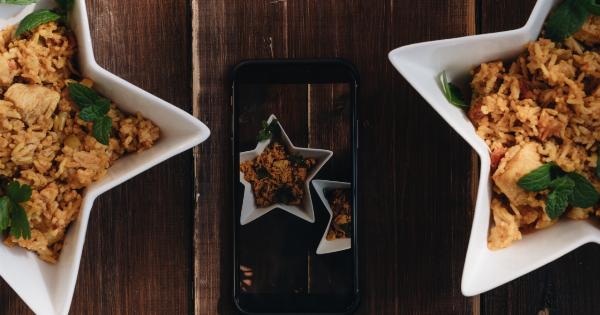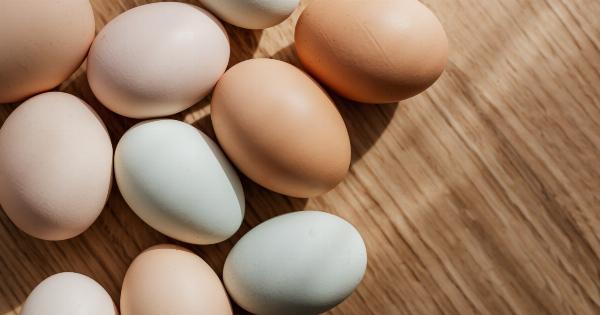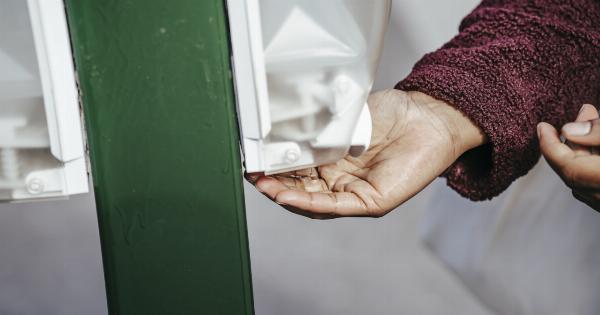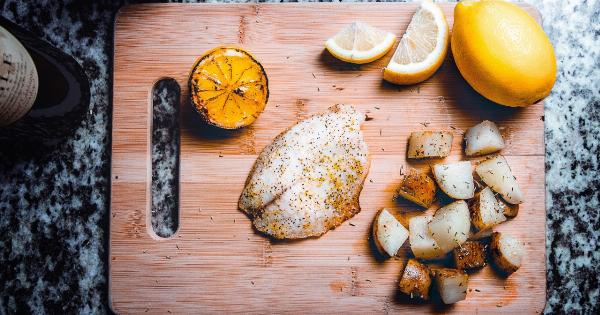When it comes to cooking chicken and fish, it is important to be mindful of certain mistakes that can increase the risk of carcinogenic compounds in your meal.
Carcinogens are substances that have the potential to cause cancer, and they can be formed when certain cooking methods and food preparation techniques are used. By avoiding these common mistakes, you can significantly reduce the carcinogenic risk associated with cooking chicken and fish.
1. Overcooking
One common mistake many people make when cooking chicken and fish is overcooking them. Overcooking these proteins can lead to the formation of carcinogenic heterocyclic amines (HCAs) and polycyclic aromatic hydrocarbons (PAHs).
These compounds are formed when meat is cooked at high temperatures or for extended periods of time, such as when it is charred or well-done. To minimize this risk, it is important to cook chicken and fish until they are just done and avoid charring or burning the meat.
2. Using High-Temperature Cooking Methods
Another mistake that can increase the carcinogenic risk of chicken and fish is using high-temperature cooking methods, such as grilling, broiling, or frying. These methods can lead to the formation of HCAs and PAHs due to the high heat involved.
Instead, consider using lower-temperature cooking methods like baking or poaching, which can help reduce the formation of these harmful compounds.
3. Not Marinating
Marinating chicken and fish before cooking can help reduce the formation of carcinogens.
Certain marinades, especially those containing herbs and spices like rosemary, thyme, and garlic, have been found to have antioxidant properties that can inhibit the formation of HCAs. By marinating your chicken and fish for at least 30 minutes before cooking, you can help reduce the risk of carcinogenic compounds.
4. Neglecting to Trim Excess Fat
Fat dripping onto hot surfaces can cause flare-ups that lead to the formation of potentially carcinogenic compounds. To minimize this risk, it is important to trim excess fat from chicken and fish before cooking.
Removing skin from chicken can also help reduce the risk of fat dripping onto the flames or heating elements.
5. Using Non-Stick Cookware
Using non-stick cookware can be convenient, but it may not be the best choice when it comes to reducing the risk of carcinogens. Non-stick surfaces can release toxic fumes when heated at high temperatures, which can be harmful to your health.
Opt for stainless steel, cast iron, or ceramic cookware, which can withstand higher cooking temperatures without the risk of releasing harmful chemicals.
Conclusion
By avoiding these common mistakes when cooking chicken and fish, you can significantly reduce the carcinogenic risk associated with preparing these proteins.
Remember to cook them just until done, use lower-temperature cooking methods, marinate them before cooking, trim excess fat, and choose suitable cookware. These simple steps can help ensure that your chicken and fish dishes are delicious and safe to enjoy.
